List of Authors
>>About this blog
Recent blog post
|
[Shiraji]
May 17, 2015 09:00
Only 6 in Japan in Nihonbashi ☆Do you know that there is a hotel?
The name of the hotel is "Mandarin Oriental Tokyo".
The hotel is a luxury hotel opened in Japan in December 2005 by the Mandarin Oriental Hotel Group headquartered in Hong Kong.
In 1974, the group also acquired the prestigious The Oriental Bangkok (now Mandarin Oriental Bangkok) in Bangkok, Thailand, which is always the top hotel rankings in the world.
Whether it's foreign or domestic, it's the top in the hotel rankings. The Michelin Guide Tokyo has received the highest ranking of hotel ratings, and the world's first "six stars" rating from an American Academy of Hospitality Science.
It occupies the 30th to 36th floors of Nihonbashi Mitsui Tower, a large complex redevelopment building next to the Mitsui Main Building, a national important cultural property in Nihonbashi, but it is very difficult to tell where the hotel entrance is located from Chuo-dori.
Enter the small entrance in front of the lobby and go a little further, and you will find an elevator platform on your left.
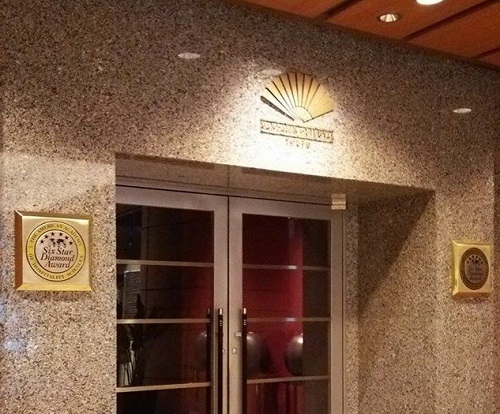
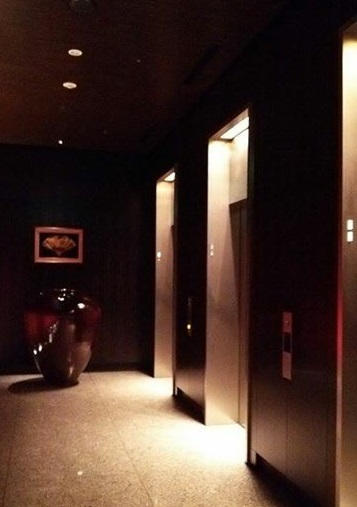
The front desk of the hotel is located on the top floor (38th floor), with the hotel lobby, breakfast restaurants and tearooms on and below floors.
The guest room is a dedicated elevator and you can't get on the elevator without a card key in the room, but anyone can enter this lobby and the view of Tokyo from the glass-covered lobby is exceptional because there are not many tall buildings around it. Of course, it's good to drink tea in the tea room.
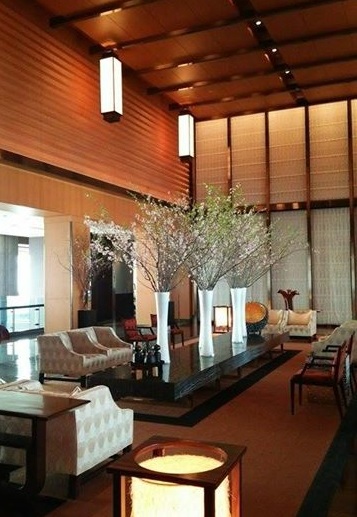
However, the real recommendation is not the view from the lobby!
Let's enter the toilet next to the lobby! As expected, 6 ☆The hotel is a great toilet! There are plenty of warm towels to wipe your hands.
But the most wonderful thing is the view from the toilet. The entire area is covered with glass and the Sky Tree is in front of you, and there is no tall building on the way, so you can overlook the Sumida River.
There will be no such observation deck overlooking the stunning downtown scenery of Tokyo and the sky tree (it is also free!)
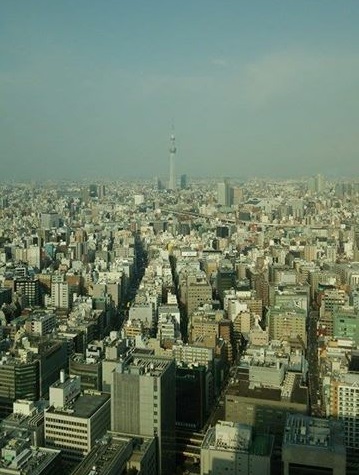
By the way, when you return to the lobby, you can enjoy another worthy scenery.
On the other side of the toilet, that is, the window facing west, you can see the buildings around Tokyo Station in front of you, but look closer and look directly below. You can see the building with a green roof. This is the main building of the Bank of Japan head office, which was designated as a National Important Cultural Property in 1974.
Designed by Kingo Tatsuno, an architect who worked on Tokyo Station and other places, this work represents the modern Western-style architecture of Meiji period, which is said to have been modeled on the Belgian central bank, with a baroque style such as pillars and dome <maru roof> and a renaissance style such as regular windows.
This building is famous for its appearance as a "yen" when viewed from the sky, but it is said that the original letter of "yen" at the time of construction is "en", so it is not conscious of "yen". However, since the word "en" has been used for a long time as an abbreviation (handwritten character) for "en", there is also a theory that this form was intended for "en", and I feel that this is more romantic.
Anyway, there is no other place where you can see the Bank's building in the shape of the yen directly below, so please take a look. (It's actually sideways...)
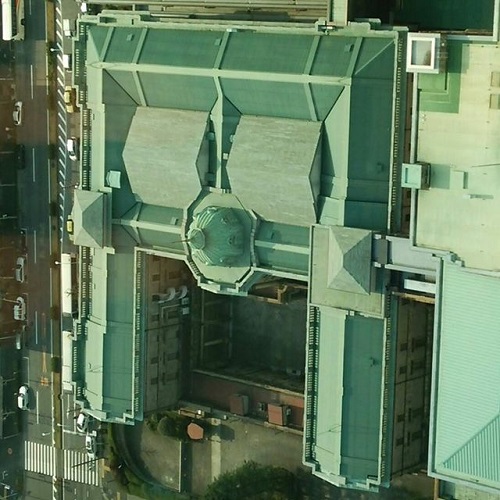
This Mandarin Oriental Hotel Tokyo has a total of 178 rooms. The most basic deluxe is about 50 square meters in size and the room cost is 50,000 yen (twin) including breakfast. It's not so expensive compared to other famous hotels, so you may stay here to make a topic.
[Shiraji]
April 5, 2015 09:00
The cherry blossoms are in full bloom with the arrival of spring.
Cherry blossoms are also good, but why don't you enjoy spring with your tongue?
Speaking of spring, the season of "strawberry". How about the "Queen Strawberry Parfait" at Senbikiya Sohonten, which is also exceptional?
Harmony of "vanilla ice" with soft "raw cream" and "strawberry sherbet" that can not be said to be sweet and sour and fresh large "strawberry"! Already eagle of her heart!
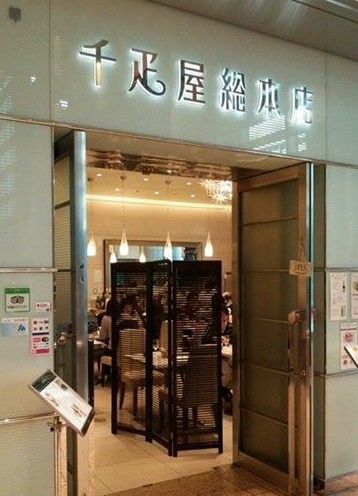
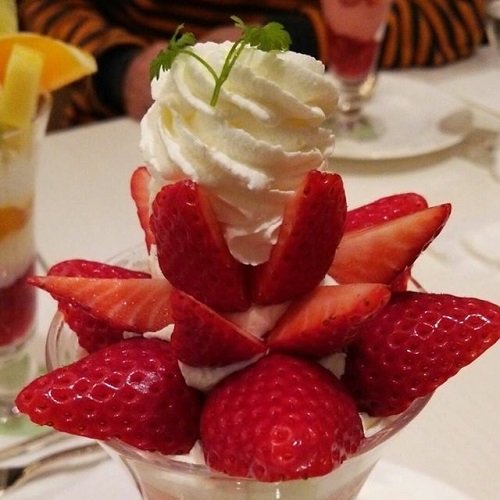
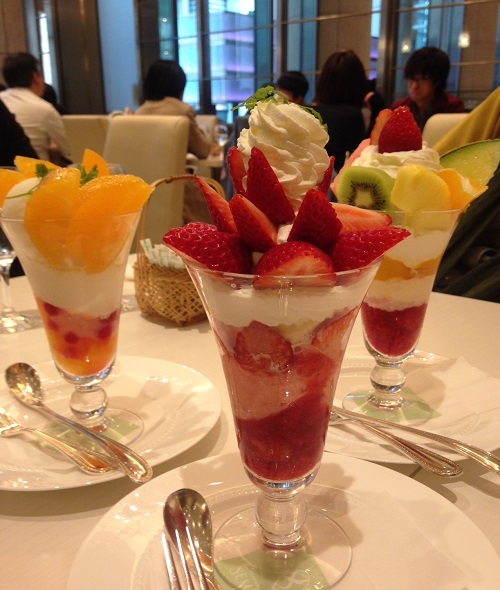
The center is Queen Strawberry Parfait 2,700 yen left is seasonal decopon parfait 1,620 yen right is Senbikiya Special Parfait 1728 yen
Hmm, luxury!
A little more reasonable! How about a take-out menu at the store on the first floor?
It can be eaten in the chair seat on the first floor or on the outside terrace seat.
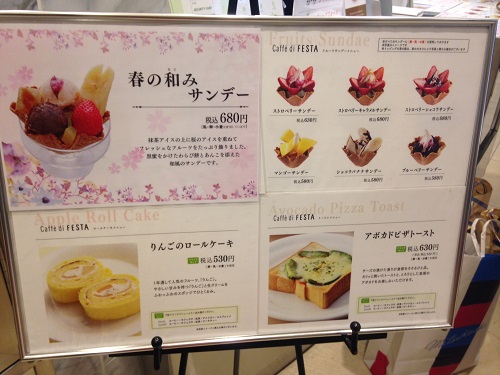

Senbikiya Sohonten Nihonbashi Main Store
2-1-2 Nihonbashi Muromachi, Chuo-ku Nihonbashi Mitsui Tower 1F Parlor is 2F.
[Shiraji]
March 15, 2015 14:00
Four years after the Great East Japan Earthquake and the government's five-year intensive reconstruction period will be the last year.
However, with the exception of some infrastructure, recovery and reconstruction has not progressed, and problems such as work and housing have not yet been seen.
At this time, the media broadcasts news related to the earthquake disaster, but over time, even this unprecedented disaster gradually diminishes from the memory of many people....。
But willn't it be from now on that affected areas and victims really need help? Even if volunteers with heavy labor and large donations cannot be made, it is important to remember the disaster victims and remember the disaster. I may be myself next time...。
On the 3rd of this month, <Minamisanriku Exchange Facility> "Watasu Nihonbashi" opened beside Nihonbashi 1-chome Coredo Nihonbashi.
This facility provides ingredients from the town and Tohoku for the purpose of disseminating and exchanging information to support the affected areas in Tohoku, including Minamisanriku Town, Miyagi Prefecture, and provides learning support by university students. It is a base for disaster-stricken area support.
"Watasu" in "Watasu Nihonbashi" is not a Tohoku dialect, but has many meanings such as the meaning of the bridge between Minamisanriku and Nihonbashi, the "wa" of peace, and the addition of the circle of people It seems to have been put.
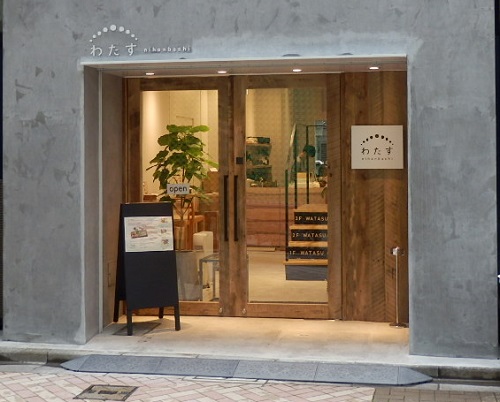
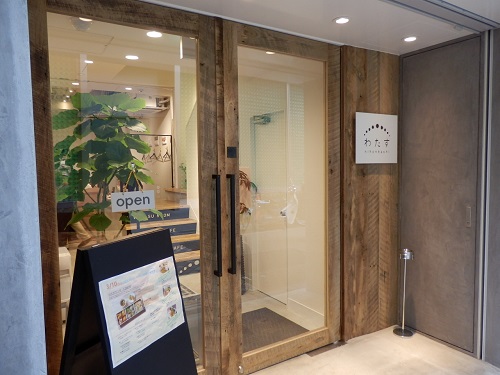
This facility was established as a permanent base to support the reconstruction of Great East Japan Earthquake by Mitsui Fudosan Co., Ltd., after many employees visited Minamisanriku Town as volunteers for reconstruction immediately after the earthquake.
Of the three-story buildings, the first and second floors are cafes that utilize seasonal ingredients from Minamisanriku and Tohoku, and "Watasu Cafe", a floor for eating and drinking and information dissemination, which transmits sightseeing and event information. You can enjoy "Watasu Lunch" with side dishes, tea with various flavors, and dinner at night. It is also said that sightseeing and event information are provided, agricultural and marine products, and reconstruction goods are always sold.
The third floor connects the classrooms in Shitsukawa in Minamisanriku-cho via online, providing learning support for university students in Tokyo to provide supplementary lessons to local junior high school students, and reconstruction-related events and workshops will connect the affected areas and Nihonbashi.
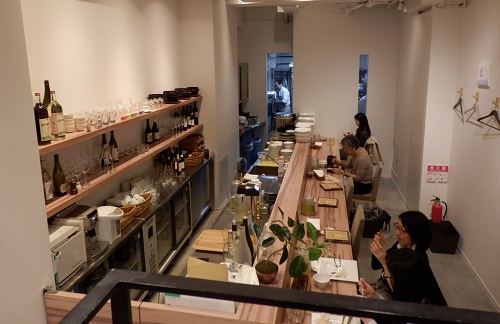
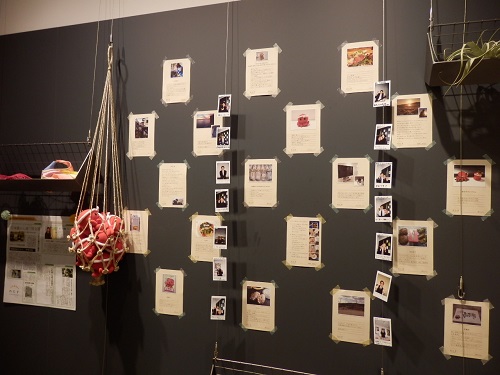
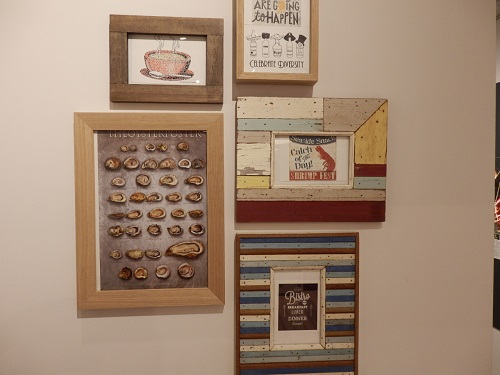
The recommendation of lunchtime at "Watasu Cafe" is 1380 yen, which is an all-you-can-eat "Watasu lunch" with all-you-can-eat rice cooked in eight Japanese and Western dishes using plenty of Sanriku ingredients, and bread with soup and seaweed. The contents are changed daily, but fresh ingredients from the four seasons directly sent from the production area are cooked and served in the most delicious way.
In addition, "Sanriku Seafood Chowder" 980 yen, "Sanriku Mekajiki Burger" 980 yen, "Fisherman Curry" 980 yen, etc. are used abundantly with rich seafood and mountain food from Minamisanriku and Tohoku. You.
All lunches are all-you-can-eat with bread kneaded with Sanriku seaweed? That's right.
A variety of seasonal flavors are served during tea time, and dinner time is served with locally brewed sake and wine from Tohoku, with a focus on exciting seafood and fresh vegetables.
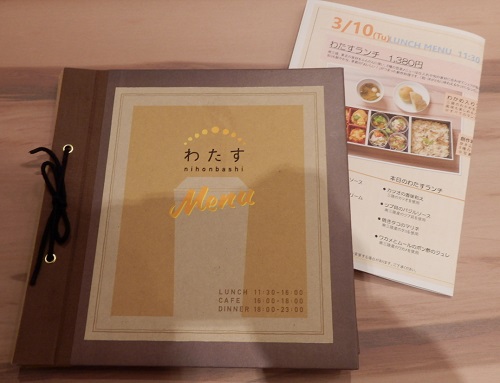

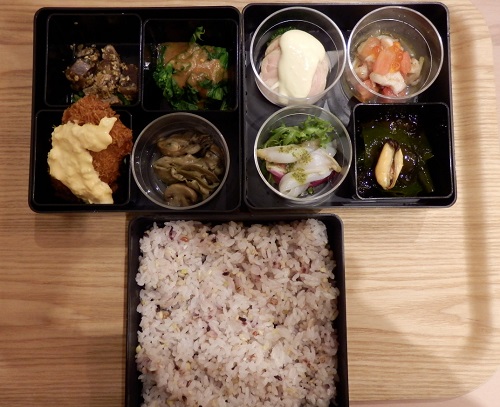
The hotel is conveniently located a 1-minute walk from the metro Nihonbashi. When shopping or walking, while eating a delicious lunch at a cafe, read the free paper "Minamisanriku" issued by Minamisanriku-cho, pick up reconstruction goods, and think about the restoration and reconstruction of Great East Japan Earthquake once again?
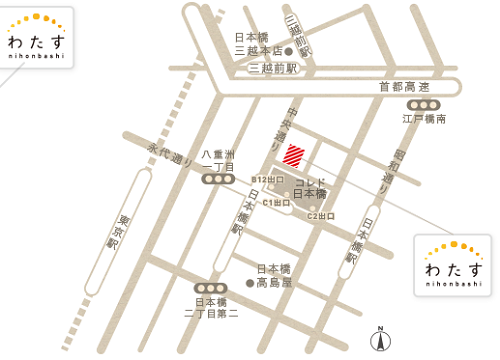
Number of seats Business hours
About 30 seats
Holiday except during the year-end and New Year holidays
Monday to Saturday from 11:30 to 23:00 Sunday from 11:30 to 18:00
Lunch time from 11:30 to 16:00, tea time from 16:00 to 18:00
Dinner time from 18:00 to 23:00 (LO/22:00)
“Watasu” HP: http://www.watasu.net
[Shiraji]
February 17, 2015 09:00
Once a month, Ginza "Ashino Salon" holds seminars for Kabuki fans such as tea theory (Saron), soil (Do), and Kabuki.
The content will be Kazuko Kanamori as a lecturer, and in order to enjoy Kabuki more deeply, the history and author of the performance centering on the performance of the Kabukiza Theater performance of the following month, the highlights of each curtain and the relationship between actors and roles, props and props The purpose is to give a lecture on the meaning of the scenes, etc., and to understand Kabuki more and immerse yourself in its charm.
This time, a resume was distributed to the large Kabuki "Sugawara Densetsu Handbook" in March, and a detailed explanation was given using videos.
Sometimes kabuki actors come to see you....。
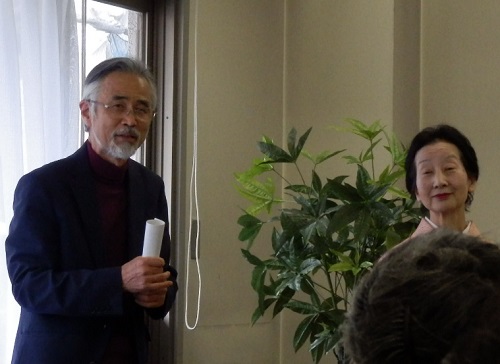
Mr. Takao Ashino, the organizer, and Mr. Kazuko Kanamori, the lecturer
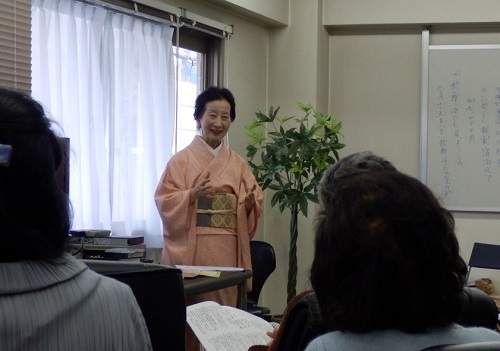
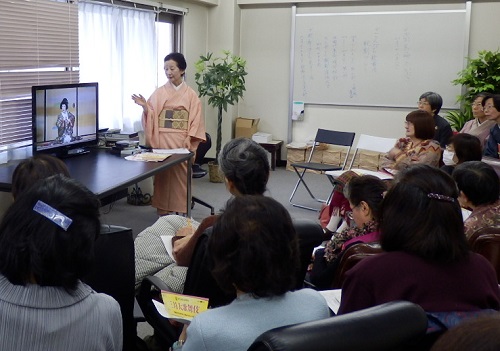
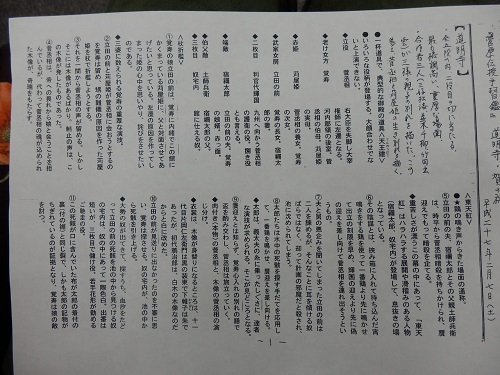
During the break on the way, Japanese plum sweets and matcha were distributed in connection with the performance "Sugawara Densetsu Handbook".
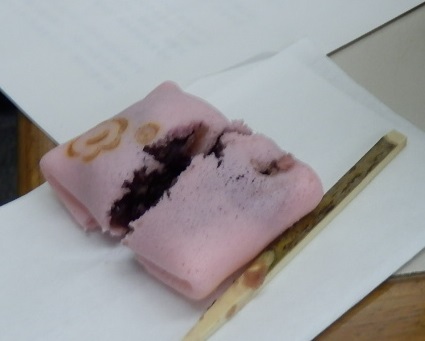

Seminar lecturer Kazuko Kanamori has been free since 1976 after editing "Quarterly Kabuki" published by the Shochiku Theater Department, and has been involved in writing, editing, and reprinting mainly Kabuki for its spread, and since 1978 I have written an outline of Kabuki performance programs in Kabukiza, Osaka, Kyoto, and Nagoya for a quarter century. He has authored many books such as Kabuki Fashion, Kabuki Highlights to Understand easily, Kabuki Encyclopedia,Yoshitsune Senbonzakura, and others.
For Kabuki fans participating in this seminar, tickets for both theaters of Kazuko Kanamori and Konpira Kabuki Theater Theater Theatre 4/13 (Mon) Part 2 and / 14 (Tue) Part 1 There is also a plan of 47,000 yen (limited to 25 people) for a night inn. (Local assembly and dissolution)
Tickets alone (14,000 yen x 2), so I think it would be advantageous to be able to have a two-part co-watch "Konpira Kabuki", which is difficult to obtain, can be played together with "Kazuko Kanamori" and listen to the story.
For those who can't go far, there is also a gathering called "Kabuki Watching Party", and the March performance is in the afternoon of March 15 (Monday).
In addition, the next "Tea theory (Saron), Soil (Do) and Kabuki" is 4/18 (Sat).
Membership fee ¥3,500 (with tea and sweets)
Capacity limited to 35 people (reservation required)
The organizer, Maigeisha, is an organization that aims to spread traditional performing arts (Japanese music, kabuki, folk performing arts, etc.) based on work related to the production of traditional performing arts and performing arts, as well as management work related to traditional performing arts, as well as workshops such as Gitayu and Narumono in variouslocal play.
By the way, Mr. Takao Ashino, a member of the All Japan folk performing arts Association, was once the nephew of Japan's leading male chanson singer Hiroshi Ashino.
For inquiries, please contact Maigeisha TEL & FAX 03-3260-5780 E-MAIL: [email protected]
Takao Ashino 090-1766-1114
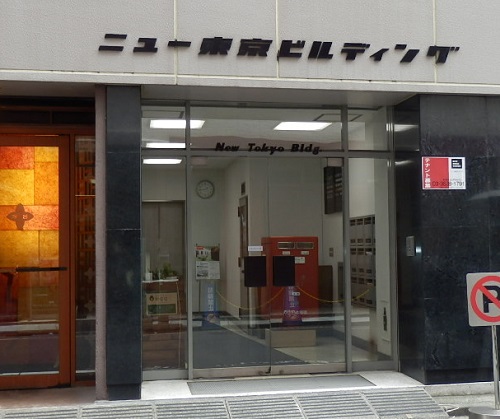
At the venue "New Tokyo Building", there is a post box in the entrance hall for some reason.
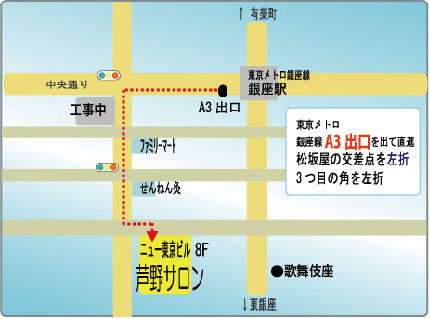
Ginza "Ashino Salon" 5-11-13 Ginza, Chuo-ku New Tokyo Building 8F Ashino Onsen Co., Ltd.
3-minute walk from the A3 exit of Ginza Station on the Hibiya Line.
3-minute walk from Exit A1 of Higashi-Ginza Station on the Hibiya Line and Toei Asakusa Line.
[Shiraji]
January 31, 2015 09:00
In the past, Nihonbashi Ningyocho 3-chome had a vaudeville called Ningyocho Suehiro (Hiro) from the late Edo period to the Showa era. All the audience seats were popular as rakugo fixed seats with tatami mats.
The audience leaves their footwear at the entrance and sits in the cushion, but in the front seat of the evening, there are few visitors and spectators watching the Koza while sleeping with the cushion as pillow, and listening to rakugo while eating on-site sushi.
However, when it was time for Shinsei, Bunraku, Ensei, etc. to appear, the hall was full and TV cameras were filled with great enthusiasm. However, it closed in January 1970 (Showa 45) due to soaring land, diversification of entertainment such as television, and a decrease in residents.
After that, I thought that it would be difficult to manage a vaudeville in places with high land prices, such as Chuo-ku, and that it would not be possible to do new things, but in 1994, the main focus was on performances and training of traditional performing arts such as performing arts and Japanese music. "Oedo Nihonbashi-tei" opened as the first full-fledged performing arts hall.
Nagatani Corporation, which operates real estate leasing, brokerage, and management, operates Nagatani Hall as a performing arts hall that serves as a place for performances such as rakugo, talks, Shinnai, and Gitayu, which are traditional Japanese performing arts.
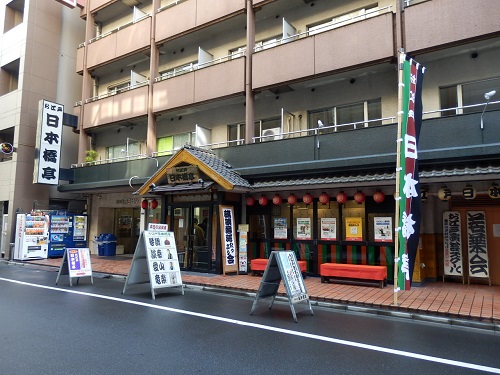
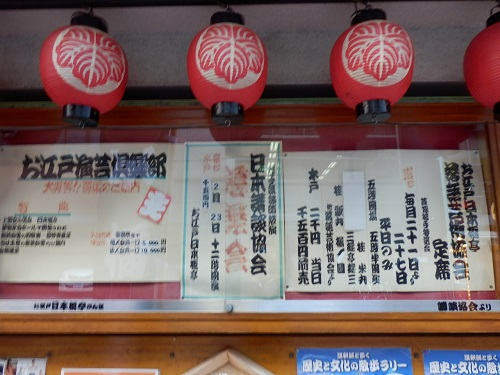

Edo Nihonbashi-tei is conveniently located just a few minutes from Tokyo Metro Mitsukoshimae Station and 6-7 minutes from Nihombashi Station.
![map[1]. jpg](https://en.tokuhain.chuo-kanko.or.jp/archive/map%5B1%5D.jpg)
You can experience traditional performing arts such as talks and Namikyoku, Shinnai, Kouta, Nagauta, Gitayu, etc., including the "Standard Seat" of the Rakugo Arts Council (held every month from 21st to 27th).
The hall is a small hut with about 100 people even if the front of the stage is tatami mats and the back is full with chairs, but I was able to enjoy the live performance after a long absence with the enthusiasm of a young rakugo artist.
Kido Zen depends on the performance, but about 2,000 yen, but if you pay an annual membership fee of 5,000 yen and become a member of the "Edo Performing Arts Club", in addition to "Edo Nihonbashi Tei", Edo Uenohirokoji Tei, Shinjuku Nagatani Hall, Edo Ryogokutei, etc. You can get more than 20 special offers, and most of the other performances are offered by discount tickets.
In addition, `` Walking Rally of History and Culture Walking with Lecturer '', which includes a set of walking around the city and appreciation of vaudeville guided by a lecturer, Rakugo, talks, Namikyoku, magic to Gitayu, Hauta, Ozashiki dance There are also "Edo Performing Arts Japanese Music School" and "Edo Sumo" for sumo lovers from those who want to learn in earnest to become professionals.
Applications for membership are accepted at the Nagatani Corporation office on the left side of the entrance. After joining, you can also enter with the right to use immediately.

Edo Nihonbashi-tei http://ntgp.co.jp/engei/nihonbasi/index.html
[Shiraji]
09:00 on December 9, 2014
The Institute for Monetary and Economic Studies "Monetary Museum" is located in a branch that separates the street next to the Bank of Japan head office behind Nihonbashi Mitsukoshi.
http://www.imes.boj.or.jp/cm/
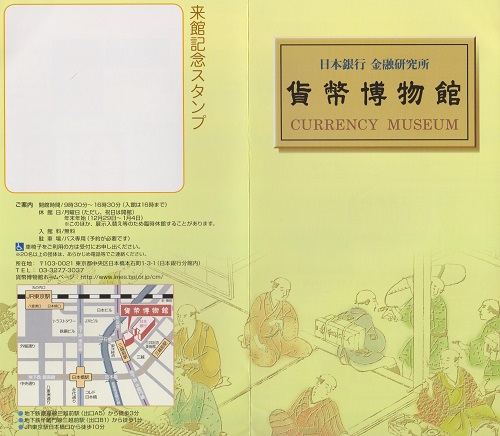
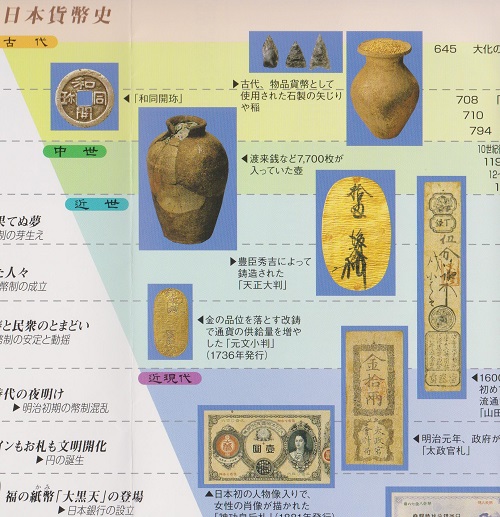
Not only ancient Japanese currency and materials, but also rare foreign currency are collected and displayed.
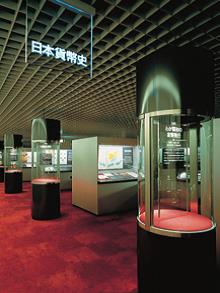
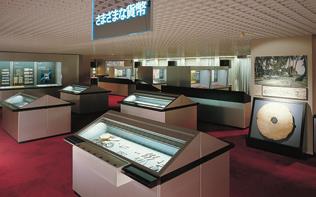
How much does one of the Edo period correspond to in modern times? In addition to comparisons with the prices of goods at that time, there are explanations that allow you to understand the value of money based on social and economic mechanisms, agricultural products' crops and regional differences, and devise ways to study economic society. It has been done.
In addition to displaying real objects and materials, you can actually feel the feel and weight by touching them, and there are also hands-on booths where you can use a loupe to examine precision counterfeiting prevention technology.
In addition to the origin of the yen and the history of Japanese currency, the rare foreign currency and banknotes are also a must-see.
 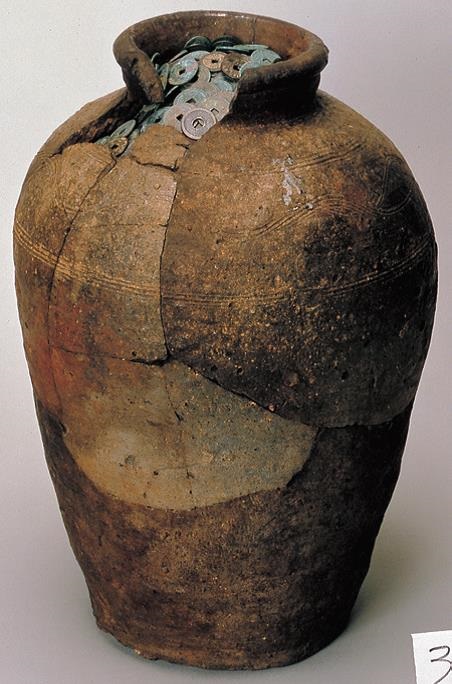

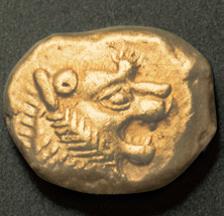 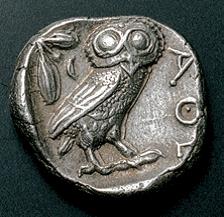
The entrance fee is as expected, the Bank of Japan is free and hungry, but it will be closed for renewal work within the year.
The museum is scheduled to be closed until November next year.
During the year, it is open until December 28 (Sun), except on Monday closed days. From 9:30 to 16:30
Photography is prohibited in the hall, so the image on this blog is reprinted from the pamphlet & website.
In addition, the Bank of Japan has a tour where you can explain its history and business while visiting the main building and the new building, which were built in 1896 and designated as a national important cultural property.
This is a reservation required four times a day, and the required time is one hour.
For more information, please visit the website https://www.boj.or.jp/about/services/kengaku.htm/
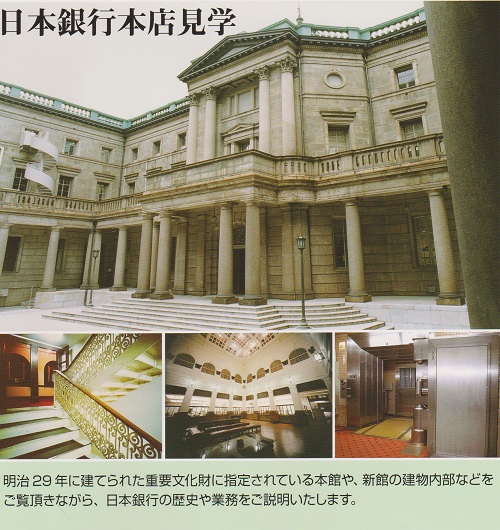
|
Links
|












![map[1]. jpg](https://en.tokuhain.chuo-kanko.or.jp/archive/map%5B1%5D.jpg)











